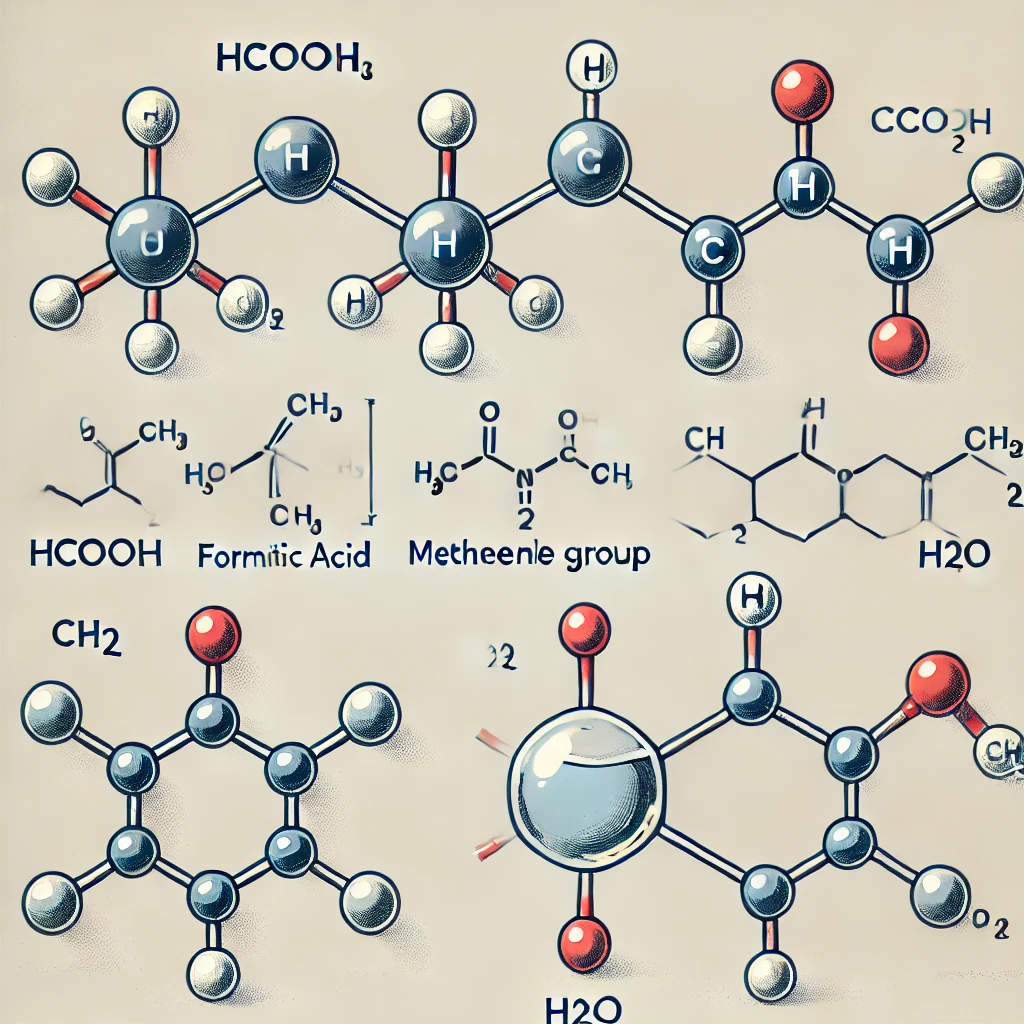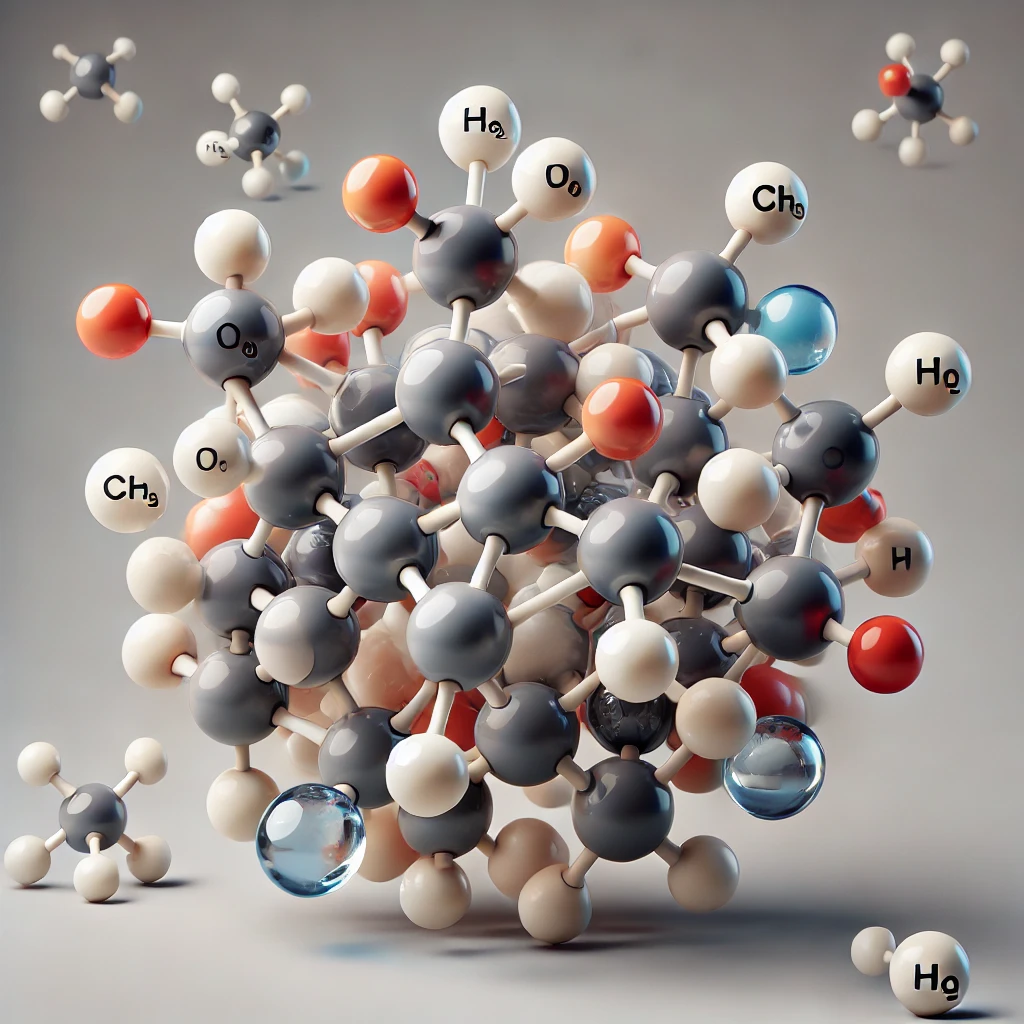
What is HCOOCH CH2 H2O?
HCOOCH CH2 H2O is a chemical compound that represents a unique combination of various molecular entities, which can be broken down into three principal components: the formate ion (HCOO), the methylene group (CH2), and water (H2O). The chemical formula reflects its structure, providing insight into its composition and potential applications.
The first part of the compound, HCOO, stands for the formate ion, a derivative of formic acid. Formate plays an essential role in various biological and chemical processes. It can act as an intermediate in metabolic pathways and is often utilized in organic chemistry. Its presence indicates that HCOOCH CH2 H2O can participate in reactions that involve carboxylic acid derivatives, making it significant in multiple chemical synthesis methods.
The second element, CH2, signifies a methylene group. This small hydrocarbon unit acts as a bridge between the formate and water components. Methylene is prevalent in many organic compounds and significantly contributes to the overall reactivity of the molecule by participating in carbon chain formation and various chemical reactions.
Lastly, the water component (H2O) is a universal solvent and a vital ingredient in numerous chemical reactions. Water not only facilitates the interaction between the formate and methylene groups but also plays a critical role in hydration reactions. The presence of water in the compound amplifies its utility across several industrial and laboratory applications, such as in organic syntheses and the formulation of various products.
In summary, HCOOCH CH2 H2O embodies a significant compound within the field of chemistry, enabling diverse reactions and applications through its unique molecular structure comprising formate, methylene, and water.
Chemical Properties of HCOOCH CH2 H2O
The chemical properties of HCOOCH CH2 H2O, commonly known as formylmethanol, play a crucial role in determining its behavior and applications in various fields. One of the primary characteristics of this compound is its solubility in water, which is relatively high due to the presence of polar functional groups. This solubility facilitates its use in biological and chemical processes where aqueous solutions are preferred.
In terms of reactivity, HCOOCH CH2 H2O exhibits interesting behavior as it can participate in several chemical reactions. For example, it can engage in esterification, a process where it reacts with alcohols to form esters. Additionally, formylmethanol can act as a reducing agent in various redox reactions, making it valuable in organic synthesis. Its ability to undergo nucleophilic addition reactions is particularly important in the synthesis of more complex organic molecules.
The stability of HCOOCH CH2 H2O is influenced by environmental conditions such as temperature and pH. Under neutral pH conditions, the compound remains stable, but it can decompose under extreme acidic or basic conditions. Understanding these stability metrics is vital, especially for applications that require specific storage conditions or reaction environments.
Moreover, HCOOCH CH2 H2O can act as a catalyst in certain reactions, promoting the formation of products without being consumed in the process. This characteristic enhances its utility in green chemistry, where minimizing waste and maximizing efficiency are essential. The interactions of this compound with other substances can also lead to the formation of valuable derivatives that serve various industrial purposes, particularly in the fields of pharmaceuticals and agrochemicals.

Synthesis of HCOOCH CH2 H2O
The synthesis of HCOOCH CH2 H2O, a compound of emerging interest in various fields, can be achieved through several laboratory and industrial approaches. One of the primary methods for synthesizing this unique compound is through an esterification process, where acetic acid and methanol react in the presence of an acid catalyst. This reaction typically occurs under reflux conditions, facilitating the formation of the ester while removing water, a byproduct that can shift the equilibrium toward product formation.
Additionally, hydrolysis of the corresponding ester can also yield HCOOCH CH2 H2O. This alternative pathway involves the reaction of the ester with water under controlled conditions, often at elevated temperatures. These methods highlight the versatility of synthesis, offering multiple pathways contingent on the availability of precursors and desired purity levels of the final product.
In industrial settings, batch reactions are commonly implemented due to their scalability, allowing for larger quantities of HCOOCH CH2 H2O to be synthesized. Continuous flow reactors are now emerging as well, promising enhanced reaction efficiency and yield consistency. For optimum results, specific conditions must be adhered to, including maintaining precise temperature and pressure levels throughout the reaction process. The temperature is critical; typically, elevated temperatures are required to promote the reaction rate while avoiding decomposition of sensitive reagents.
The yield efficiency of synthesizing HCOOCH CH2 H2O largely depends on the reaction conditions and the quality of the precursors used. Literature showcases various studies where optimized conditions have resulted in yields exceeding 90%. For instance, one notable study demonstrated effective yield through careful control of reaction times and catalyst loading, showcasing how empirical research can refine synthesis techniques.
Applications of HCOOCH CH2 H2O
HCOOCH CH2 H2O, also known as formic acid methyl ester, has garnered attention in a variety of industries due to its unique chemical properties and versatility. In food chemistry, it serves as a flavoring agent and preservative, contributing to the stability and shelf life of various products. Its antimicrobial properties make it especially valuable in the food industry, where maintaining product integrity is paramount. For example, its application in meat processing helps inhibit microbial growth while preserving taste, thus ensuring safety and enhancing the sensory qualities of the final product.
In the pharmaceutical sector, HCOOCH CH2 H2O acts as a vital intermediate in the synthesis of various medicinal compounds. Its unmatched reactivity facilitates the formation of complex organic molecules, which are crucial in drug development. One notable case is its role in the synthesis of certain anti-inflammatory drugs, where its functionality streamlines multi-step synthesis processes, ultimately reducing production costs and time. Such benefits highlight its significance in making pharmaceuticals more accessible and economical.
Additionally, HCOOCH CH2 H2O is pivotal in organic synthesis in research and industrial settings. The compound serves as a building block for more complex chemical structures and is particularly used in reactions such as esterification and amidation. As industries look to optimize their synthesis pathways, the efficiency of HCOOCH CH2 H2O in facilitating these transformations positions it as an essential component of chemical manufacturing.
Looking towards the future, the ongoing research into HCOOCH CH2 H2O may uncover even more applications, especially in sustainable practices, such as green chemistry initiatives. As environmental concerns grow, the search for eco-friendly alternatives will likely lead to increased interest in this compound and its derivatives. Overall, the versatility of HCOOCH CH2 H2O underscores its critical role in modern chemistry and industry.





